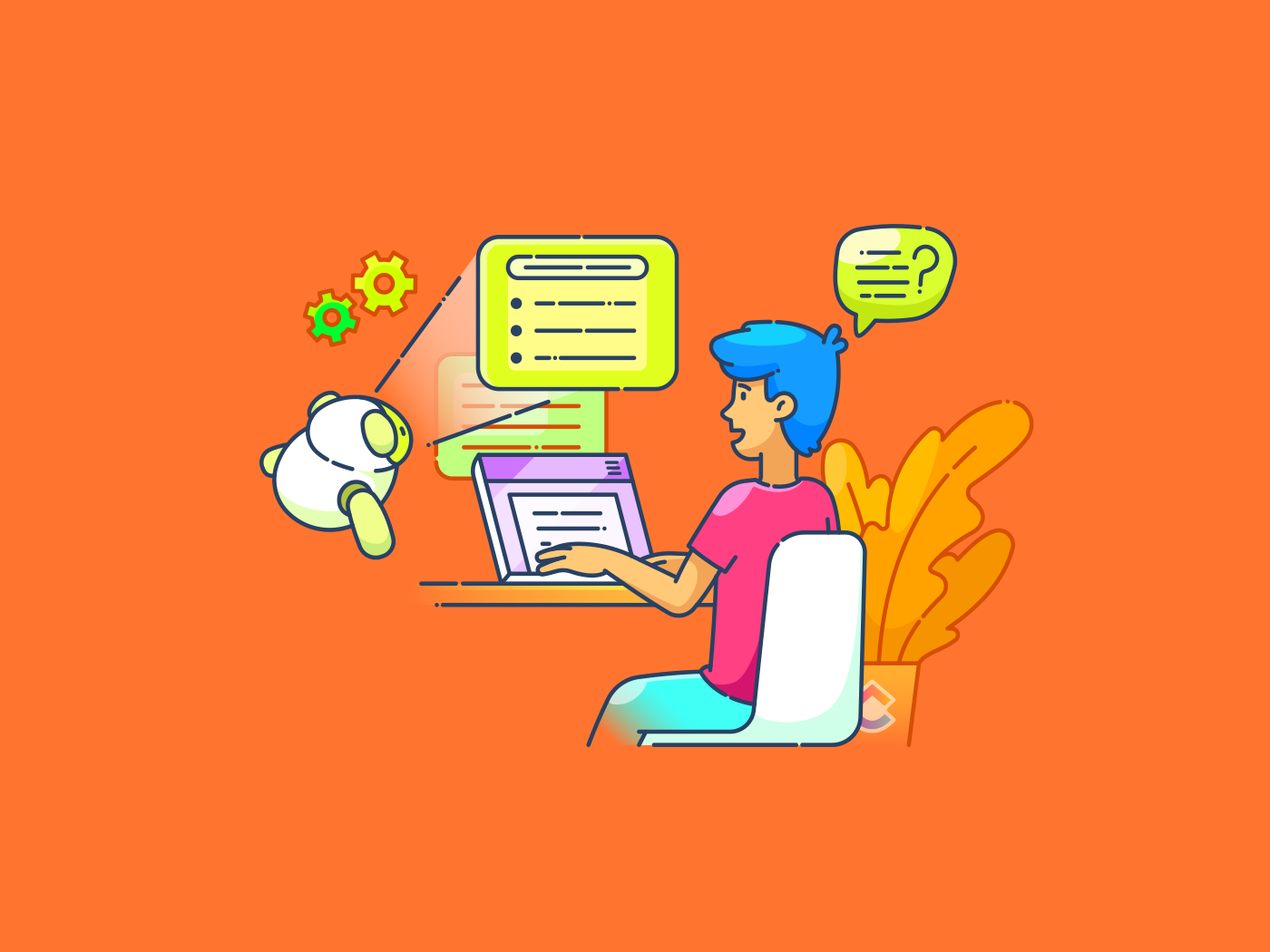Android’s development will experience a fundamental change towards a more “private” format, within Google. Although the company promises that it will continue to feed the AOSP open source branch, The process will not be so transparent And there are doubts that the model remains in the future.
Google has confirmed to Android Authority that all Android development work will be carried out in its internal branch. A significant change Taking into account that much of the software that supports the mobile operating system has been developed in public channels. When the changes are implemented, the internal branch will only be available for Google personnel and suppliers who have a Google mobile service license (GMS), such as Samsung, Motorola and other partners.
Changes in Android development
Google explains that these changes seek optimize development work and simplify Software versions. Since the company works both in the public and private branches of Android, both lose synchrony in terms of functions and API compatibility. This forces Google to merge the branches tedious in each version. By focusing on the internal branch, the Internet giant states that it can optimize the versions and facilitate life to all.
When new versions of Android are available, Google promises that will continue to publish the source code in the open branch Android Open Source Projectthus maintaining the open source nature of the final product. Supposedly, this will allow developers to focus on supporting their applications without having to be aware of pending changes in the AOSP platform. Meanwhile, original equipment (OEM) manufacturers can focus on the internal branch while working on their new devices.
The Android of the future will be, as little, less open
All these changes are not exactly new. Google has been moving android functions for years from to the Cerrado code flies. This gives you greater control over the platform, while facilitating the update of main components without a complete update of the operating system. With the new model, components as important as that of Kernel and Bluetooth will move to the internal branch.
And third -party developers, who are not part of Google or OEM manufacturers, They will not be able to know the development model, they will not have the capacity to access them or propose changes or solutions. Contributing to the development of Android will become more difficult, since the new available code will be constantly delayed weeks, months or the time that Google estimates. Another harmed section will be that of the Android alternative ROM, ideal for increasing the life of mobile phones, tablets and other devices that have not been updated in software by manufacturers.
Will Android remain free? Yes … but, be careful. Android is much less open today than in the past And -We fear- that it will be even less in the future. Changes in their development, although they may have logic for practicality, make it much less transparent. They are not good news taking into account the current duo of Apple and Google in mobile operating systems and that Android’s great advantage over the very close iOS has been precisely its open source development.
Changes in Android development will begin to be implemented in the coming weeks. Google is expected to offer a precise explanation of them. Although these changes will have a minimum impact on foot consumers, the future of the system worries. It would be terrible to end AOSP or let it die slowly before the delay in the publication of the new code.











